Sweet fruit of the "crazy" farmer who forced longan to eat fish and drink banana juice.
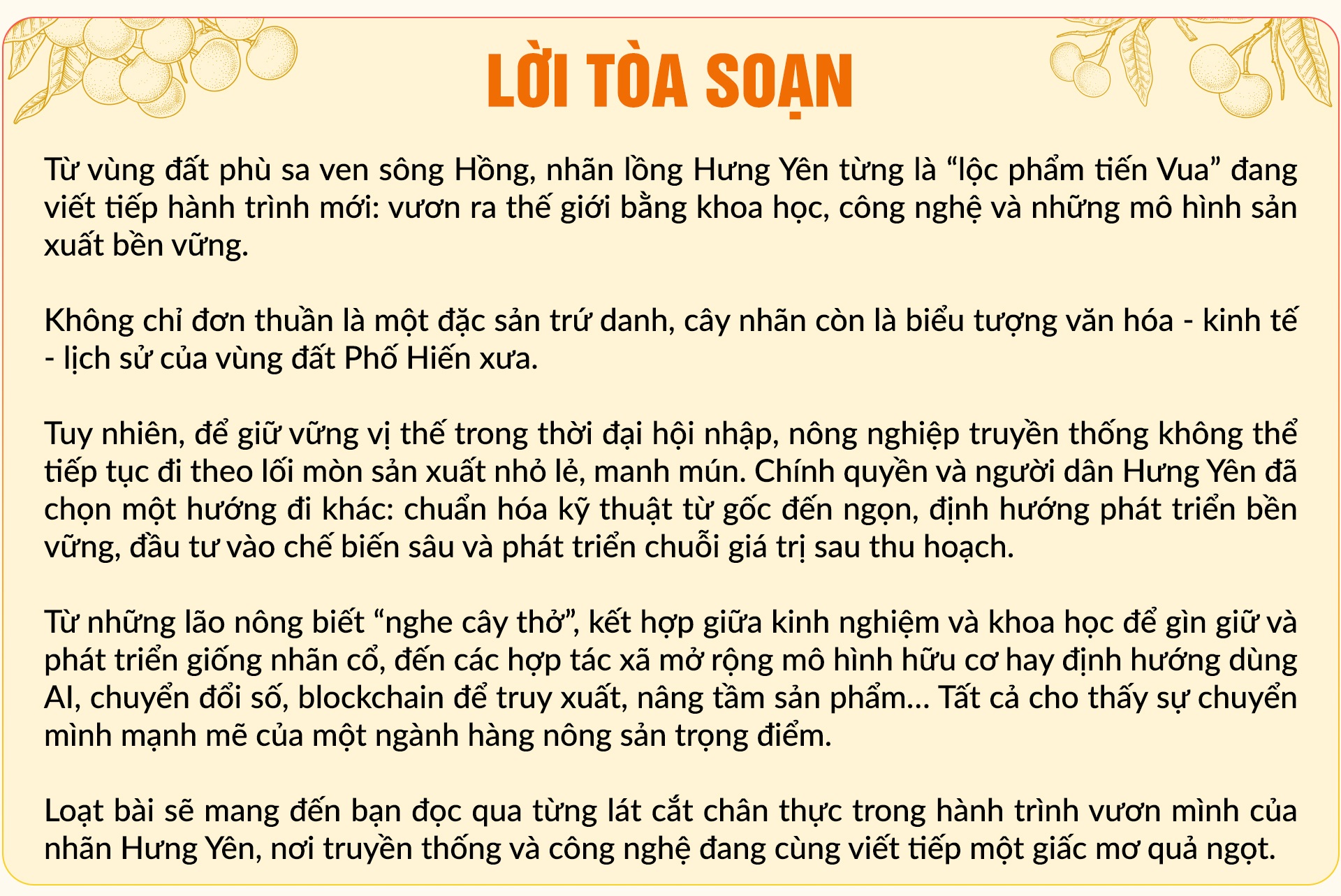

In 2008, the phone ringing from his hometown tore apart the working days of Bui Xuan Su (born in 1975, from Hung Yen ) in Korea. The other end of the line reported: Dad was seriously ill.
Without hesitation, Su immediately booked a ticket back to Vietnam. At the age of 25, after many years of working abroad and saving every expense, Su had saved up a sum of money. The money was once considered capital for future plans.
But all plans were immediately put on hold when he heard that his father was sick.
“At that time, I only thought about how to get home as soon as possible to see my father. How much money was not important,” Mr. Su recalled.
Landing at Noi Bai airport on a scorching hot summer day, Su returned in time, but only to witness the last days of his parents. After nearly a year, his father passed away. The pain had not yet subsided, and his mother followed suit.
Two consecutive losses made the young man realize that money could not keep his loved ones.
After the incident, Su decided to return to his hometown Pho Hien (Hung Yen) - the famous longan land that has fed his family for 5 generations with longan trees. Now it is Su's turn to take over the garden.
At that time, the entire longan growing area was accustomed to the strong smell of pesticides and chemicals with each spray. Although the longan trees were productive, their prices were unstable, and the land was increasingly barren. Each fruit season was a period of alternating chemical inhalation between households.
“Today my house sprayed, my neighbors smelled it. Tomorrow they sprayed, I smelled it. No one in the village could avoid it. I asked myself: why do I have to live like this?”, he recalled.

He was determined to be the one to break the cycle that had existed for generations in his homeland.
If the longan tree once made Pho Hien famous, why can't it be revived in a cleaner, more sustainable way?
It was his concern for his own health, his family's and his community's health that urged Su to find another path.

In 2018, Su decided to convert 100% of his longan growing area to an organic model. His friends shook their heads, his wife dissuaded him, and many people thought he was being reckless.
“Many people are afraid that it is risky and daring, and they don't know anything about organic things,” Mr. Su recalls.
Indeed, organic farming is not as glamorous as its name suggests. Without the support of chemicals that are “mixed into water and sprayed”, the farmer’s dream begins with the musty smell of fermented carp, mixed with the spicy taste of a mixture of ginger, garlic, and chili soaked in alcohol to repel pests.
Su also had to kill stink bugs with a special stick - a dangerous job that forced him to call a taxi to the hospital twice.
Doubtful questions kept coming. Even his family members were confused when they saw Su struggling: "Why do you have to suffer like that? Just doing normal things is enough."
“This longan tree was sometimes withered, it felt like it had no vitality,” Mr. Su described with a sorrowful voice. Accustomed to chemicals and then changed 180 degrees, the tree quickly became severely exhausted.
2020 was probably the darkest time in Su's longan growing journey.
He counted the days waiting for the tree's recovery with a faint hope: The tree was also in the process of detoxification, if he gave up now, all his efforts would be lost, and the soil would also be ruined.
Although he argued with everyone about his decision, he was also impatient and even wavered. The question “Should I continue with my ambition?” haunted him every day.
Su confided: “A tree is not made of iron, not of stone. It also has a soul, it also has its own life. If the roots do not develop in 3 years, the more you try, the more you will hurt the tree.”
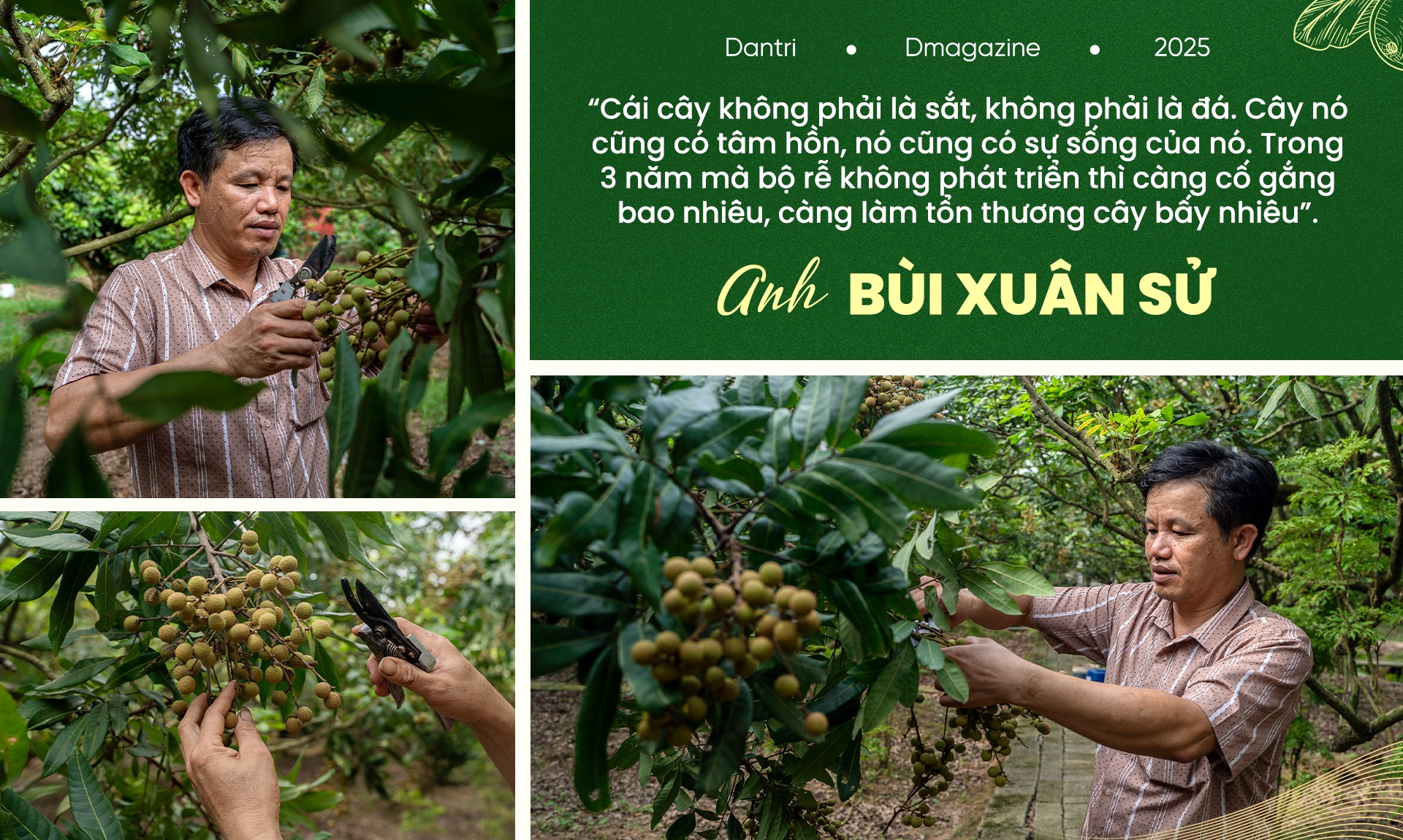
The farmer worked hard with a fragile hope, caring for each longan tree as if it were a child. He tilled the soil, planted peanuts to cover the land, then plowed it, meticulously recording every small change.
“On sleepless nights, I go out to the garden and sit under the longan tree. At night, I even look forward to the morning so I can go out to the garden,” Mr. Su shared.
It is the rhythm of life of a man who is completely tied to the fate of the garden.
In the first years, although longan trees did bear fruit, productivity dropped rapidly. Costs tripled revenue. On average, one sao only yielded 4-5 quintals, down nearly half compared to the intensive farming period. The first longan fruits had poor appearance, not meeting market standards, while 80% of customers expected the product to be beautiful.
“You can’t even sell longan, let alone sell it at a high price,” he sighed, recalling those days. The selling price was unstable, and he didn’t even expect a high price. Just being able to sell it was considered lucky.

One morning in October 2022, as usual, Mr. Su went to the longan garden early, but today there was something very different. On the bare treetops, many green shoots suddenly sprouted.
“Alive! Alive,” Su laughed out loud alone in the longan garden. That morning, not only were the longan trees regenerating, but there was also hope for chemical-free agricultural products for the farmer in Pho Hien.
Finally, after 3 years of persistent conversion, Mr. Su's longan garden began to show the first signs of life returning. The leaves were greener, the canopy was thicker, and the roots began to cling to the soil. The fruit was even, the flesh was thick, and gradually sweetened with each inspection.
“At that moment, I breathed a sigh of relief. The tree was alive, which meant I was on the right track,” he said.
The diligent farmer meticulously cares for each leaf and each young branch. His calloused hands hold the pruning scissors, removing dry branches and old leaves, creating space for new life. These longan trees are now healthy and lush, completely different from their previous “withered” appearance.
By 2023, when the province supported the analysis of more than 20 samples from cooperatives and gardeners, a phone call from a representative of the Department of Agriculture and Rural Development (formerly) changed everything: “Congratulations this year! Your longan garden has met over 800 sets of criteria, without failing any criteria, only each analyzed sample of your longan garden met such standards.”
Tears of happiness rolled down the 50-year-old man's cheeks before the other end of the line hung up.
“It's really touching to think that all the sweat and effort put in has now paid off,” the farmer shared emotionally.

In 2020, the tireless efforts finally paid off. Hung Yen’s first organic longan garden, cultivated by Mr. Su, was granted two export growing area codes – one for the US market, one for Australia.
Ne Chau longans with dark yellow skin, thick crispy flesh, small seeds, and sweet taste now wear the label "Organic - Anh Su".
Since then, the longan garden has not only produced high yields but also had outstanding quality.
“The yield of organically grown longan is now no less than that of conventionally grown longan. Longan trees grown organically are very strong, and are less likely to fail or fall during storms,” Mr. Su proudly said.
Economically , organic longan costs at least double or triple the price of conventionally grown longan. While conventional longan costs 20,000 VND/kg, my longan costs 50,000-60,000 VND/kg.
Mr. Su proudly said: “Now we can confirm that longan trees are trees that can say no to pesticides and chemical fertilizers. Although the leaves look worse than those fertilized with chemical fertilizers, the leaves are very thick, have very few pests and fungi, and are resistant to storms. In fact, the supply of longan grown according to the current organic model on the market cannot meet the demand.”
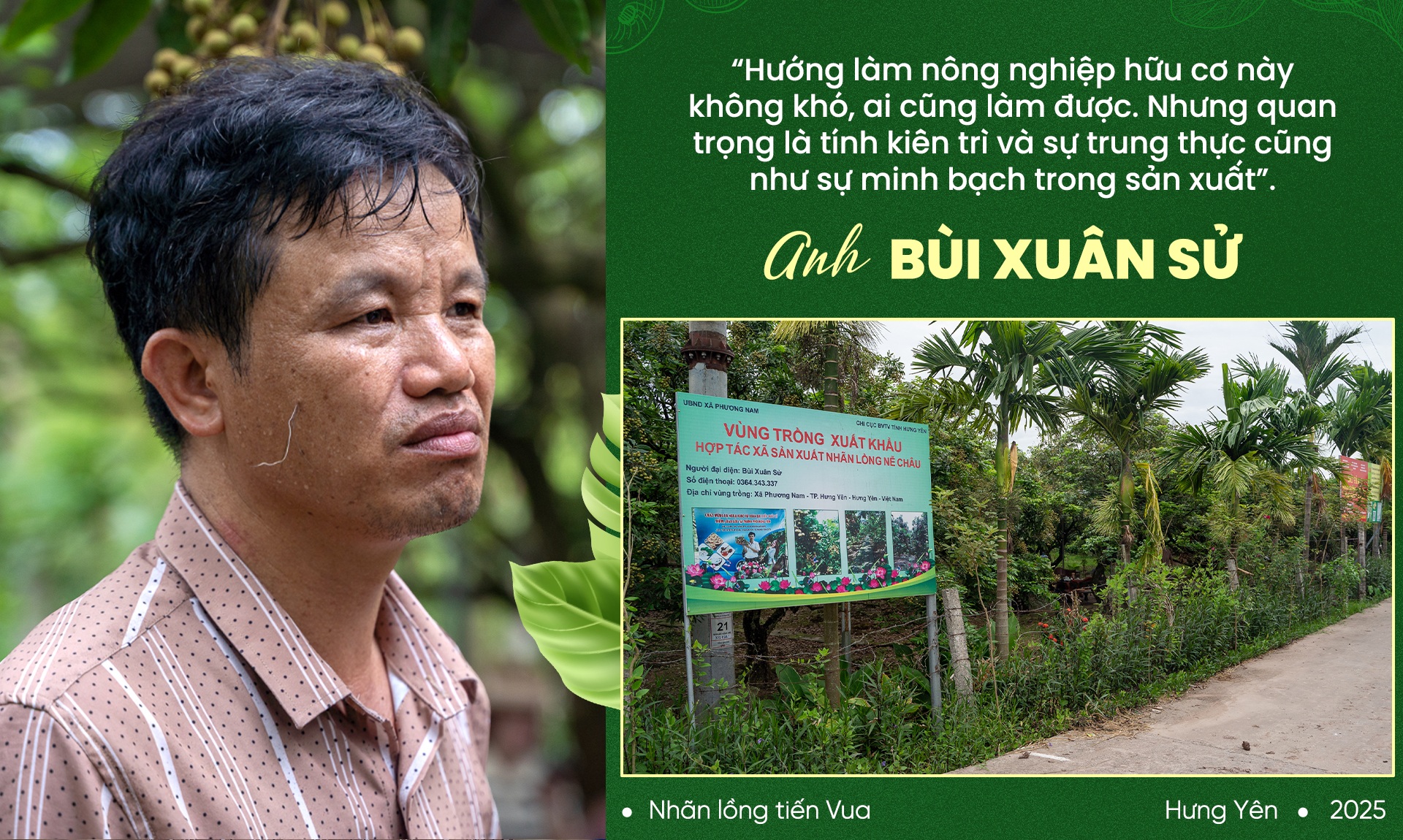
Mr. Su's organic longan garden covers an area of 4,300 square meters with 180 longan trees, with an average age of 25 years. The products are supplied to major supermarket chains, Vietnam Airlines and Bamboo Airways, along with convenience stores and direct customers.
When the working delegation of the (former) Minister of Agriculture and Rural Development visited the garden and asked about replicating the model, Mr. Su frankly answered:
“My criteria is to choose people, not gardens. That is, if the garden is beautiful but the people are not beautiful, it will fail. But if the people are beautiful and kind, they will create a beautiful garden.
This organic farming approach is not difficult, anyone can do it. But the important thing is perseverance, honesty and transparency in production.

More importantly, Mr. Su's model has been replicated. Instead of keeping his knowledge to himself, when his garden was stable, he started to mobilize members of the Ne Chau Longan Cooperative (with 36 households growing longan with a total area of 18 hectares) to convert. He shared his care diary, gave instructions on mixing products, and organized training right in the garden.
“After the initial success, I continued to become the “teacher” for 3-4 other farming households, all of whom are middle-aged people with a receptive mindset, dare to change, and practice what they preach,” Mr. Su shared.
The most important point that Mr. Su emphasized is ensuring product output.
"For farmers, the most important thing is output, and now we are taking care of the output," Mr. Su shared.
Mr. Su also has a unique approach to market orientation. Instead of prioritizing longan with beautiful appearance, he buys bad longan - naturally ripe, ripe fruit, at a higher price. The goal is to make customers understand that natural products do not need to have a perfect appearance.
To promote the replication of the model, Mr. Su and the cooperative regularly organize training sessions and meetings to share experiences. This is not only a place to impart techniques but also a forum for farmers to learn from each other through comparing business results.
Mr. Su also gave specific “problems” to convince people. For example, a kilo of NPK fertilizer costs 18,000 VND but the quality is unclear, while a kilo of fish (8,000 VND) plus a kilo of corn (8,000 VND) and biological products still cost the same as a kilo of NPK but the quality is more real and does not cause soil hardening.
To support the people, Mr. Su bought a weeding machine for the cooperative to borrow instead of using herbicides, and also provided biological products to compost organic fertilizer from corn, beans, and fish.
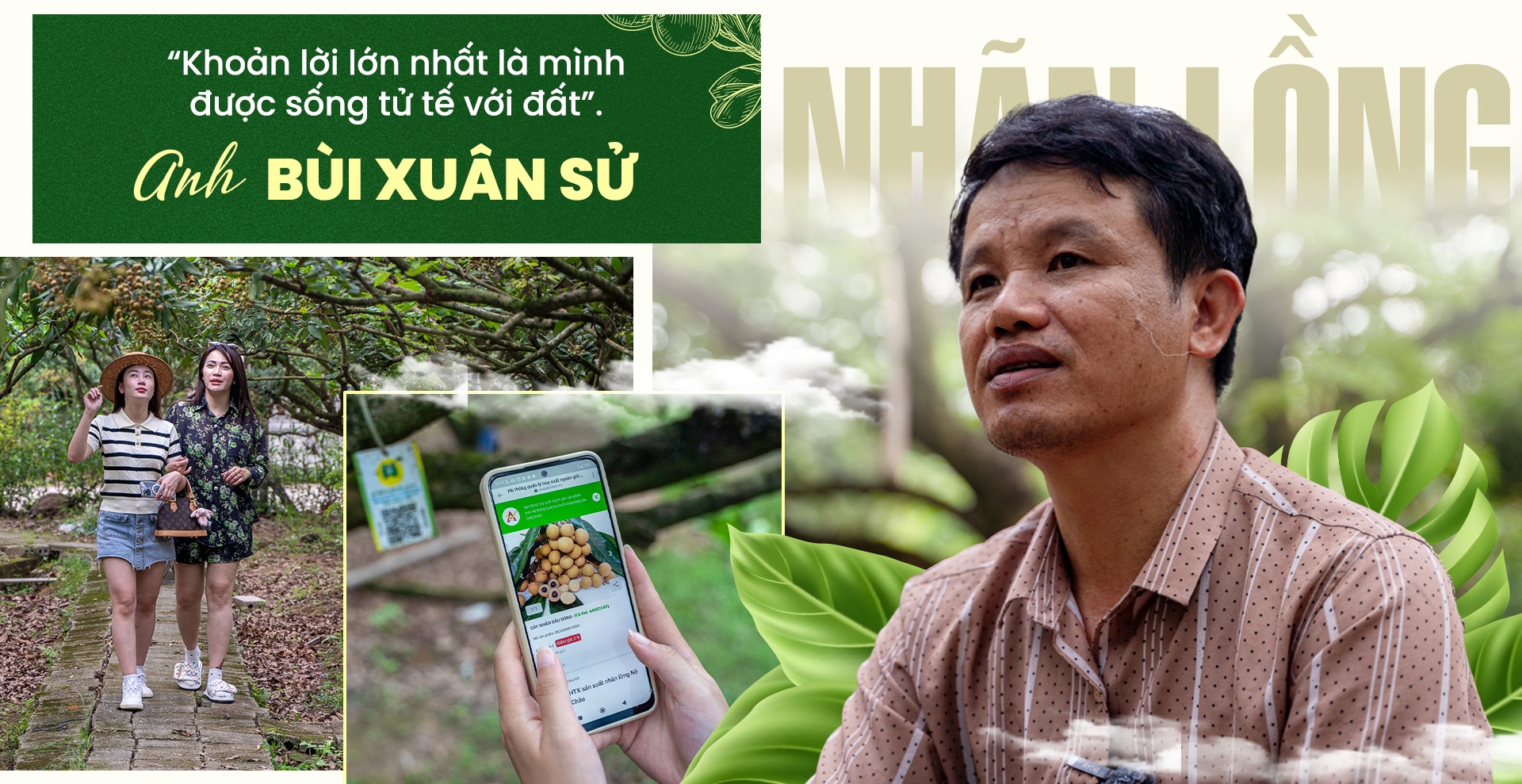
Mr. Su plans to expand the model by leasing land from farmers on the condition that the plots of land must be adjacent. Accordingly, farmers will receive 5-7 million VND/sao (equivalent to the net income from growing longan) without having to take care of it. Farmers can continue to work on their own land and get the land back when they want.
In early spring 2025, the owner of an organic longan garden brought back 450 kg of fresh silver carp. The fish were chopped, mixed with probiotics and molasses, then sealed in a ceramic jar, half buried in the ground under the longan canopy to maintain a stable temperature.
Three months later, the fermented liquid has a thick golden brown color, has a characteristic pungent smell, and is rich in nutrients.
This special fertilizer is diluted and watered at the roots, the clear liquid is sprayed on the leaves, helping the fruit to have firmer skin, more uniform appearance, more fragrant and less pests. Not only does it replace chemical fertilizers, the process also takes advantage of local by-products, reducing up to 30% of farming costs, while significantly improving the soil - the soil is looser, richer in humus, and the roots go deeper.
In the 2025 crop season, his longan garden is expected to yield more than 10 tons of fruit. The early season price of 40,000 VND/kg has been proactively ordered by retail chains early, thanks to the stability of quality and belief in the organic farming model that he persistently pursues.
Standing in the middle of a longan garden laden with fruit, Su gently rubbed the leaves after spraying a layer of self-brewed "fish water", laughing heartily: "The biggest profit is that I get to live kindly with the land."
Source: https://dantri.com.vn/khoa-hoc/trai-ngot-cua-anh-nong-dan-khung-bat-nhan-an-ca-uong-dich-chuoi-20250725180918110.htm



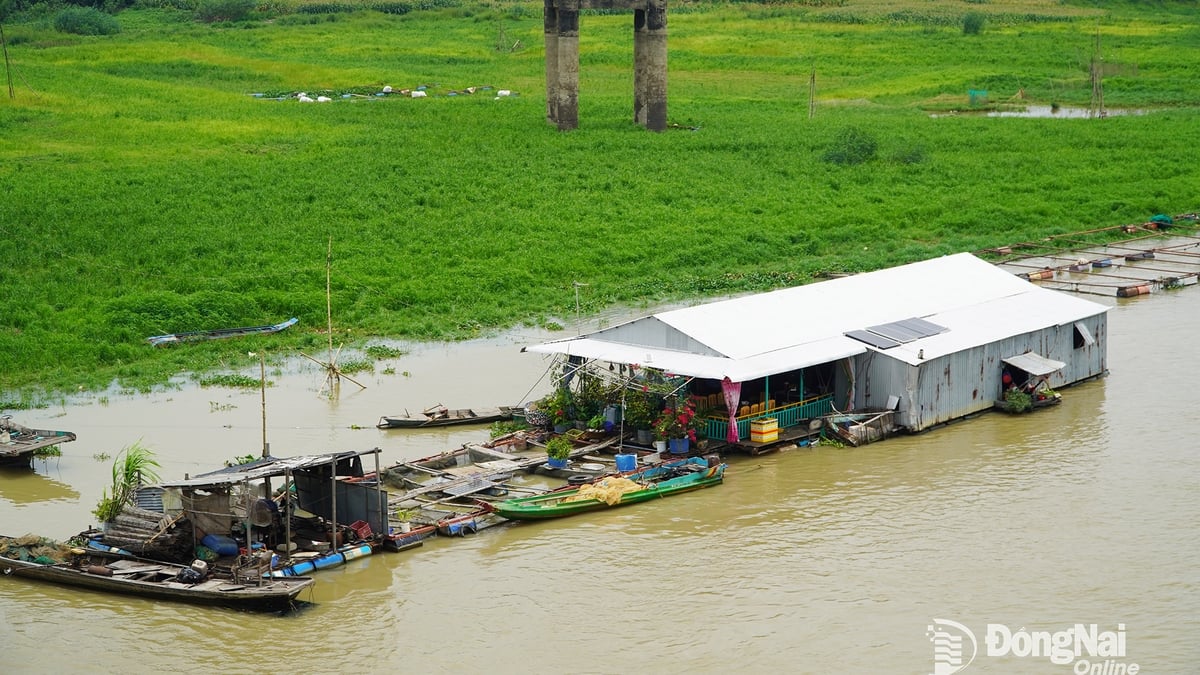

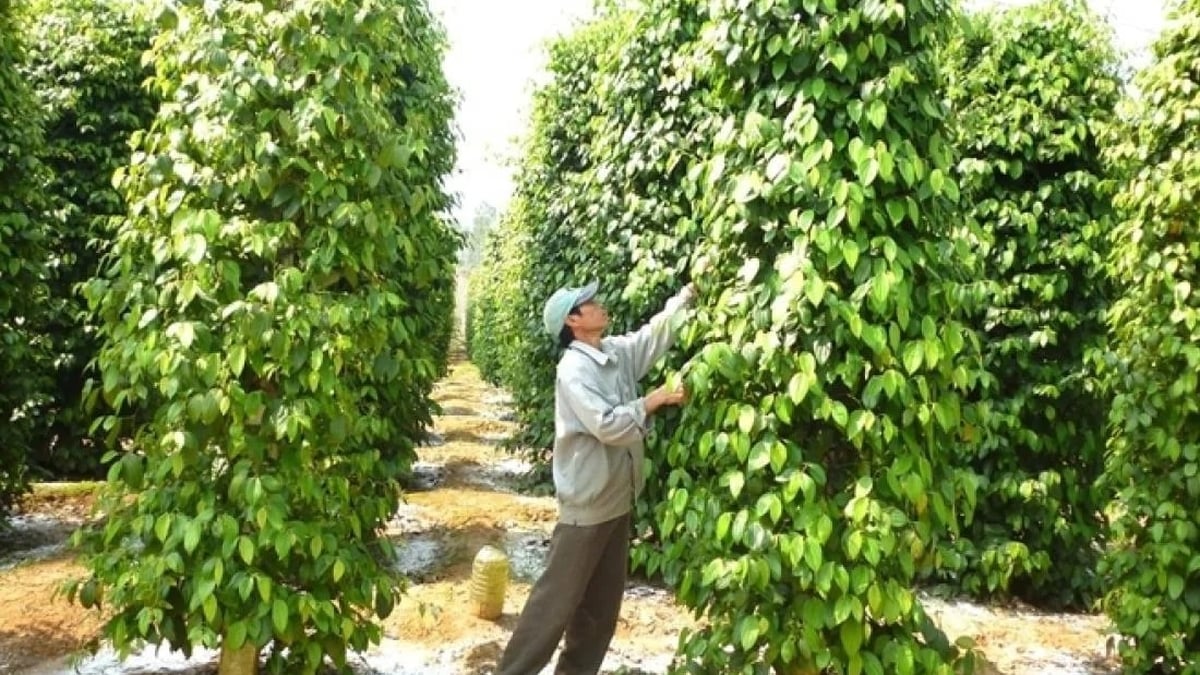
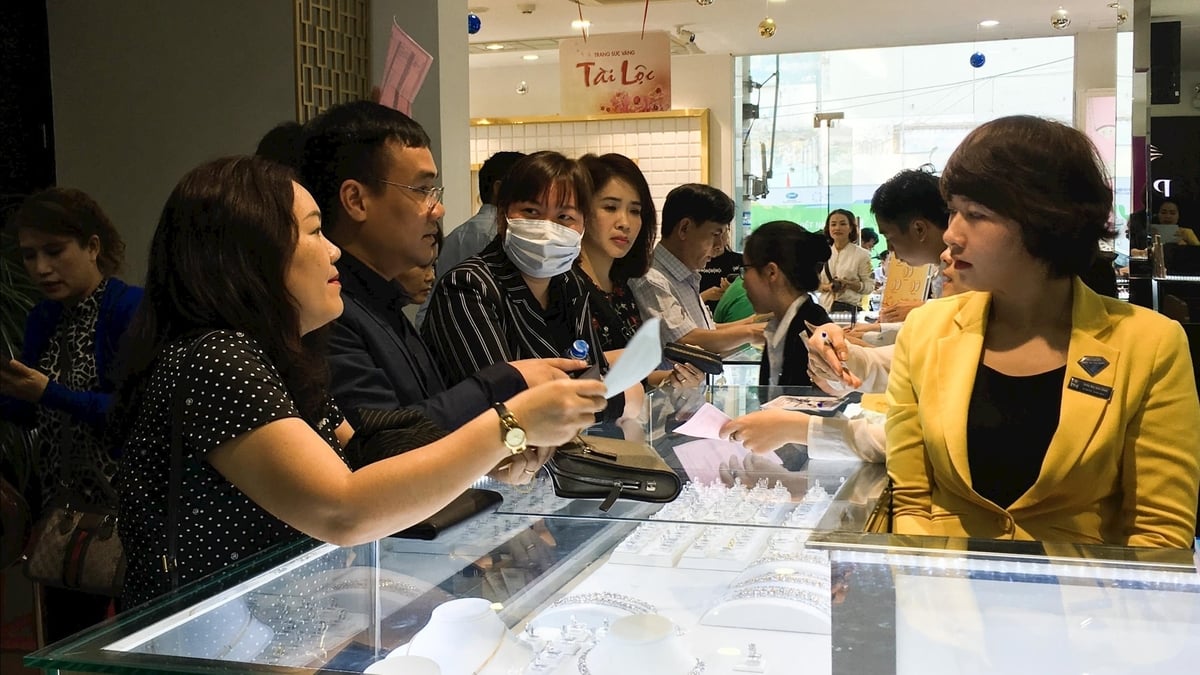
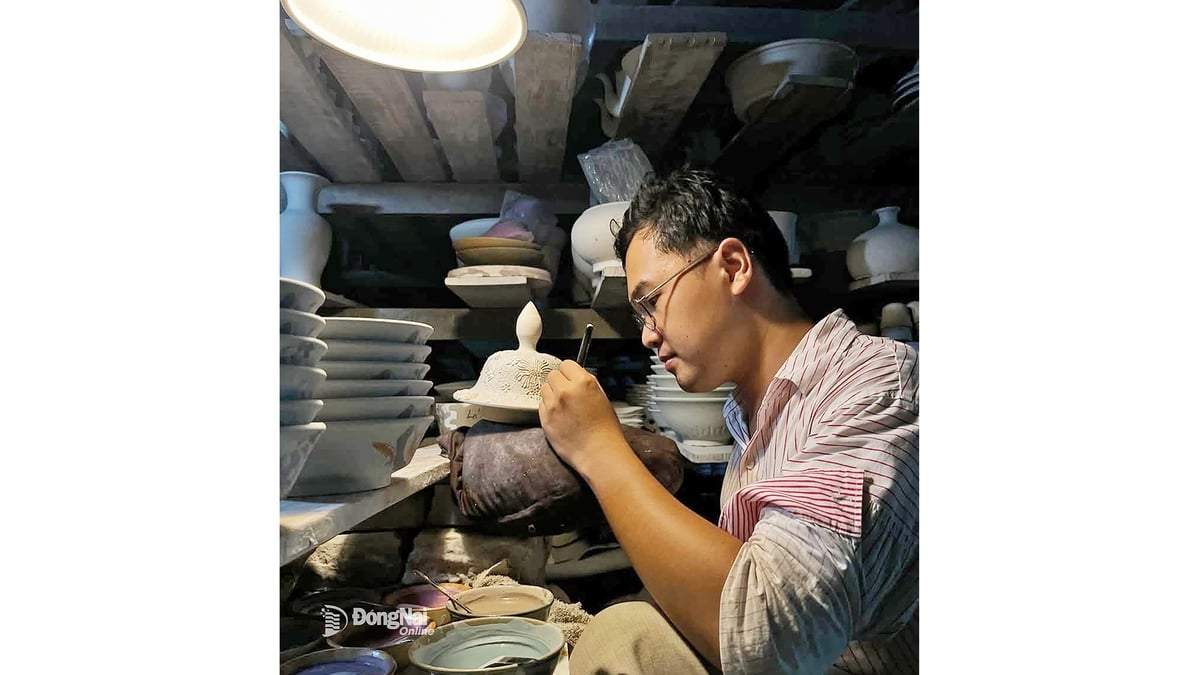

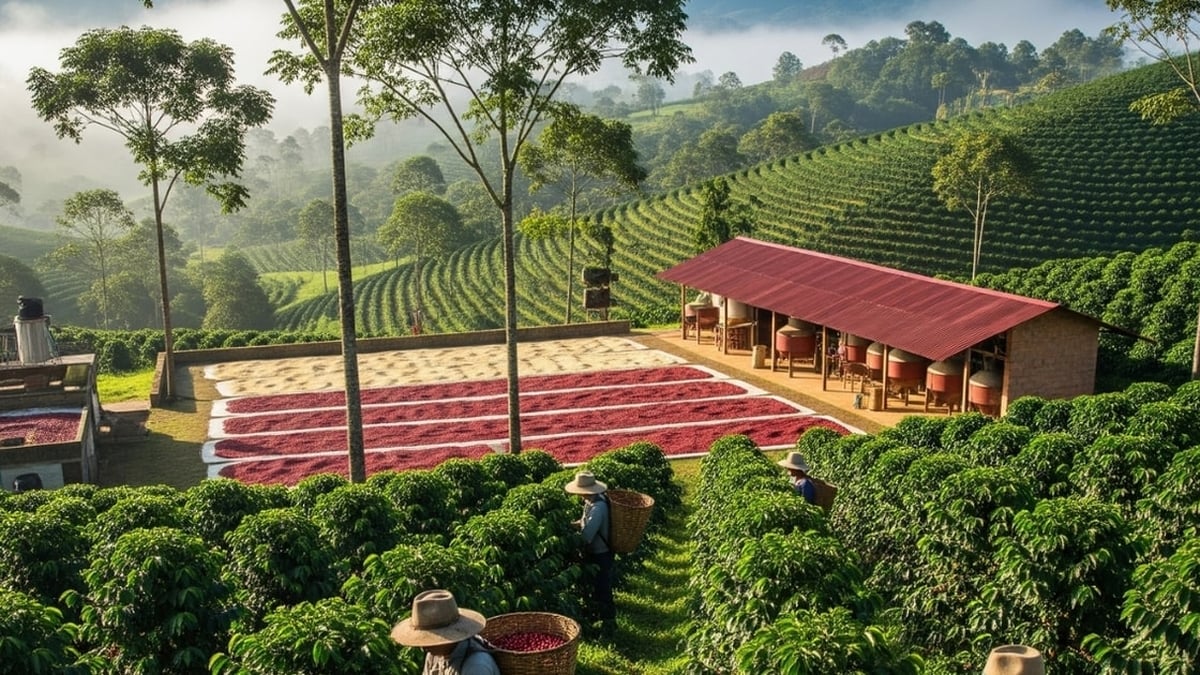












![[Photo] Binh Khanh Bridge Ho Chi Minh City is ready to reach the finish line](https://vphoto.vietnam.vn/thumb/1200x675/vietnam/resource/IMAGE/2025/8/14/b0dcfb8ba9374bd9bc29f26e6814cee2)
![[Photo] Firmly marching under the military flag: Ready for the big festival](https://vphoto.vietnam.vn/thumb/1200x675/vietnam/resource/IMAGE/2025/8/15/86df2fb3199343e0b16b178d53f841ec)
![[Photo] Prime Minister Pham Minh Chinh attends a special art program called "Hanoi - From the historic autumn of 1945"](https://vphoto.vietnam.vn/thumb/1200x675/vietnam/resource/IMAGE/2025/8/15/c1c42655275c40d1be461fee0fd132f3)
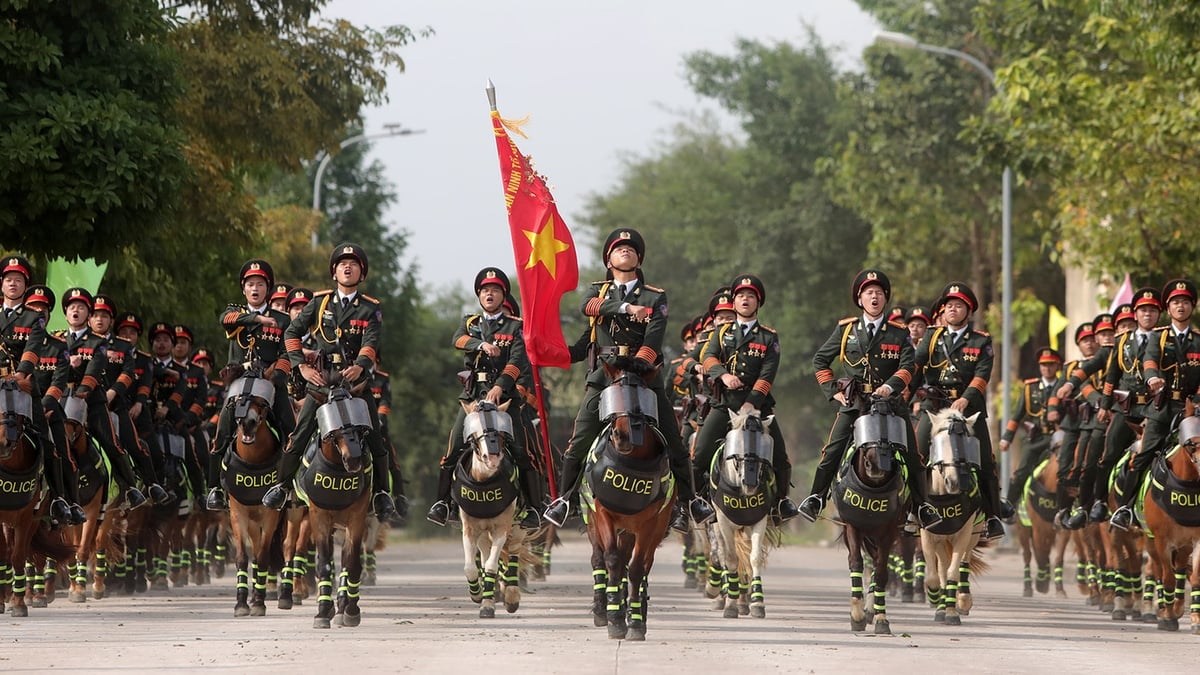
![[Photo] The special solidarity relationship between Vietnam and Cuba](https://vphoto.vietnam.vn/thumb/1200x675/vietnam/resource/IMAGE/2025/8/15/5f06c789ab1647c384ccb78b222ad18e)

![[Photo] Prime Minister Pham Minh Chinh talks on the phone with Cambodian Prime Minister Hun Manet](https://vphoto.vietnam.vn/thumb/1200x675/vietnam/resource/IMAGE/2025/8/15/72d3838db8154bafabdadc0a5165677f)





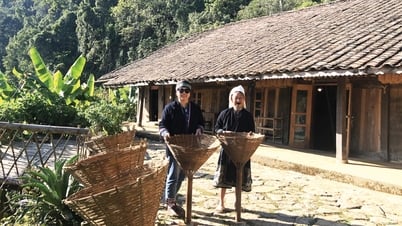












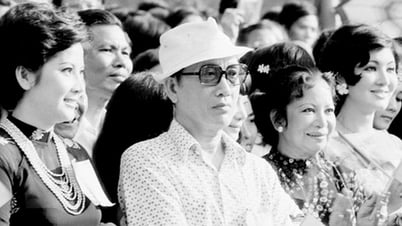











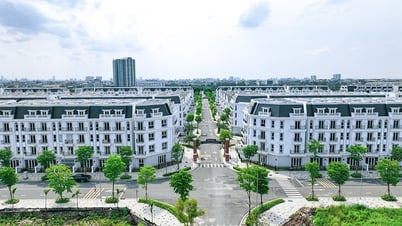
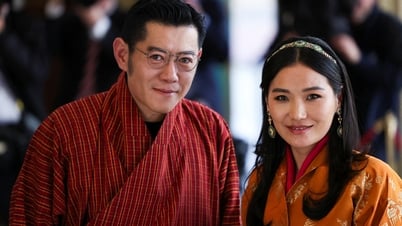



![[Photo] President Luong Cuong receives Finnish Ambassador to Vietnam Keijo Norvanto](https://vphoto.vietnam.vn/thumb/402x226/vietnam/resource/IMAGE/2025/8/15/9787f940853c45d39e9d26b6d6827710)



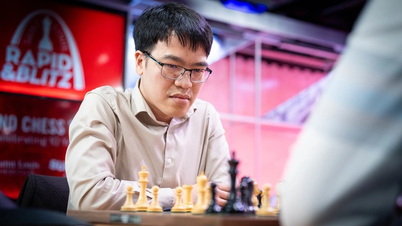
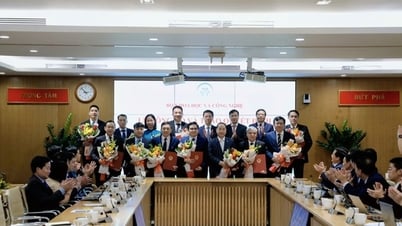

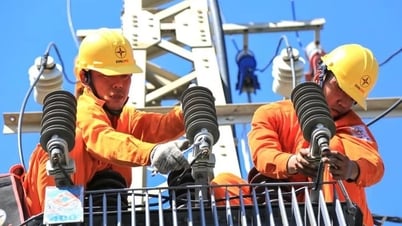

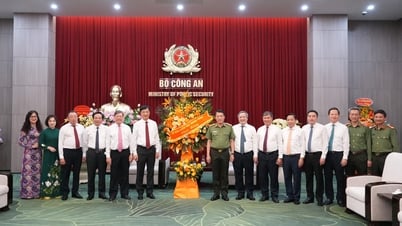


























Comment (0)